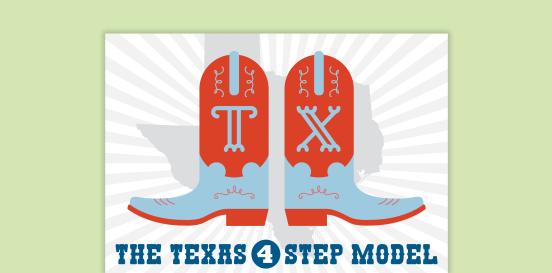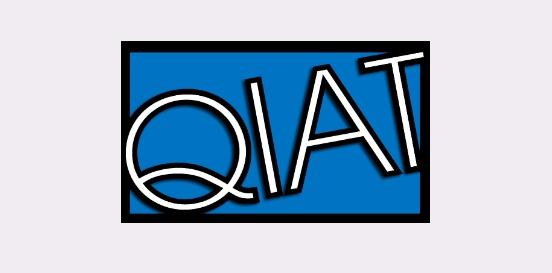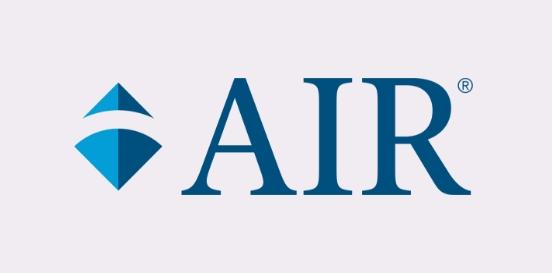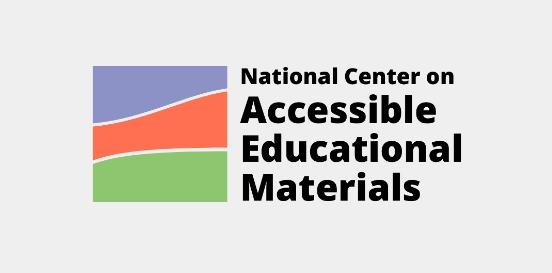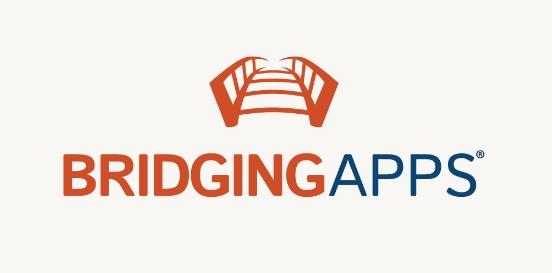Lighting (Task)
Task lighting (table top, portable, floor standing) is specialized lighting that directly shines onto the working surface to provide a concentrated light source, or color effects.
Considerations
Take the following considerations into account when selecting and implementing AT to ensure that the chosen tools are well-suited to the student’s needs, align with their goals, and seamlessly integrate into their educational journey. By embracing a collaborative approach and considering the specific skills, tasks, and implementation context, educators can provide students with the necessary support to thrive academically and functionally, promoting inclusivity and fostering their overall success.
Skills and Tasks What skills or tasks will the student utilize this tool for? What areas, functional or academic, does this tool support?
- Visual perception
- Visual clarity
- Reduced eye strain
Implementation Context In what activities, classes, or environments will the student utilize this tool?
Task lighting refers to any device or system designed to enhance lighting conditions in order to assist individuals with various tasks. This technology is often used to accommodate people with visual impairments or those who require specific lighting conditions for optimal performance in their tasks.
Examples of lighting task assistive technologies include:
- Task lighting: These are adjustable lights that can be positioned to provide direct illumination onto a specific area, such as a desk or workbench, to aid in tasks like reading, writing, or crafting.
- Magnifying lamps: These combine lighting with magnification capabilities, commonly used for tasks requiring close visual attention, such as reading fine print or working with small objects.
- Color temperature adjustable lights: These lights allow users to adjust the color temperature, mimicking natural daylight or providing warmer tones, which can be beneficial for individuals with light sensitivity or those who require specific lighting conditions for various tasks.
- Smart lighting systems: These systems can be programmed to adjust lighting levels and color temperatures automatically based on the time of day or user preferences, providing consistent and optimized lighting conditions for different activities.
- Wearable lighting devices: These are portable lighting solutions that can be worn by individuals to provide illumination directly where needed, such as headlamps or clip-on lights, which are useful for tasks that require mobility or hands-free operation. Overall, task lighting aims to improve visibility, reduce eye strain, and enhance task performance for individuals with diverse needs and abilities.


